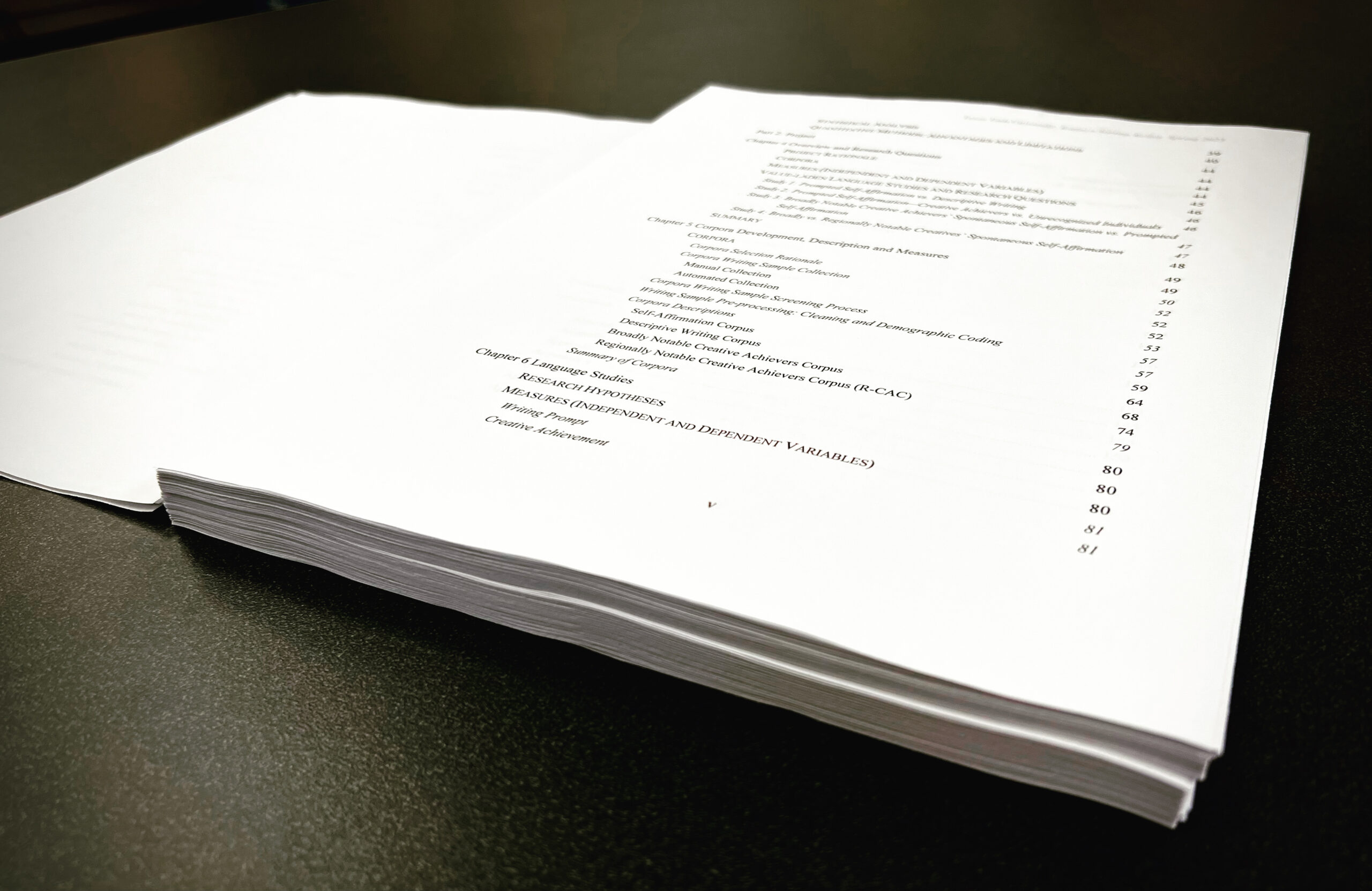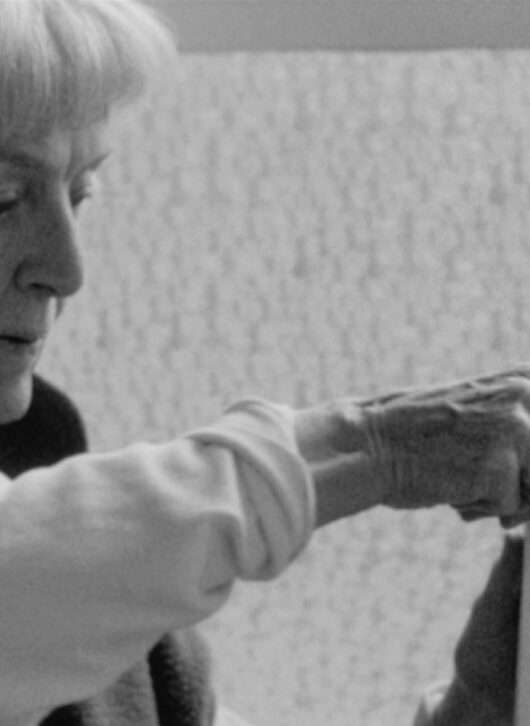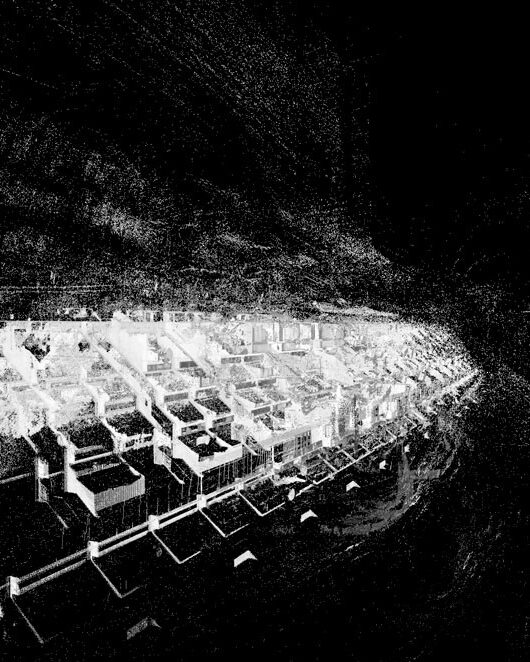TACTILE MAKING
I trust the process, I definitely trust my body knowledge, the way in which it reacts and works certain materials. Tar. I work it directly with my hands. I empty myself—forging a direct and raw connection with it.
But, why tar? It is industrial; we are industrial. It is everywhere in our urban environment of which I am a part—streets, roofs, parking lots, exercise trails, plastics, etc. It is carbon based; I am carbon based. It is decay (fossil fuel); I am decay. It off gases…well you get the point. It is nasty, dirty, and gets everywhere, sticks and won’t release. These characteristics of tar appeal to my sense of our own dark nature—all the wanting and taking, the unrestricted selfishness. Besides, for a moment, I terribly enjoy being disgustingly dirty. Tar is my rebellion against the slick and fake in myself and our culture. We try so hard to be beautiful, smart, strong, and likeable, yet we can be ugly, weak, stupid and repelling. We don’t seem to have a whole lot of control over these things. As with tar, I have some control but not much. It is ugly, messy, and unpredictable but can be worked into something beautiful, sumptuous, and sophisticated.
Sometimes I make just to work the material and do not consider the symbolism or end product until later. For instance with The Shadowland series, I just needed to hammer twenty seven pounds of nails. It was about process, about visceral making. The black nail painting was the first of my artwork to be accepted by the art community and my design professors.
Initially, I had to consider scale. How large could I work and still manage to move it or hang it? So the piece became self referential, about two feet by six feet. I cut my first frame and stretched my first canvas (plywood on two by fours). Then I began. I smeared a little cold roofing tar in one corner and pounded nails into it. Pain is a quick teacher and I found that it would be difficult to use varying size nails. I discarded the found nails I had collected and went to Home Depot. I settle on one size and continued my pounding. Latex gloves (nitrile are too thin; they rip to easily) became a must have item. Baby oil, a gentle alternative to chemical solvents, for removing tar (and oil paint) from the hands, face, arms, and tools (plus it functions great as a mold release agent) was also required. Back to pounding. Tar. Nail. Tar. Nail. Tar. Nail. Hang from fence; pop back; straighten up carefully. Tar. Nail. Tar. Nail. Tar. Nail. Tar. Nail. Tar. Nail. Tar. Nail. Tar and nails for ten days straight, four to six hours a day, my physical limit. Hang from fence; pop back; straighten up carefully. Lather up with baby oil and detar self. At this point, I discarded my watch and to this day have not gone back to it—very un-American. I have learned to trust my natural pace versus the artificial units defined by the cultural mechanism of time.
Robert Rauschenberg’s black and white paintings, his combines embedded with everyday objects, and the Menil’s primitive collection brought out my own inclinations for the study of darkness and light, goodness and evil. Being egocentrical, I primarily considered how my own goodness gets lost in my shadow. This led to a more formal study of the self—theories of human development and social constructionism. These self considerations and research guided my work.
The size of my hands and the rhythm of hammering created repetitive patterns. I had to force myself to resist this patterning behavior, resist sameness, resist what my body so easily wanted to do. There was a working tension back and forth between my visceral body movement and my mind’s need to control the process and outcome. I slipped back and forth between these two parts of my self. My emotional response to what was visually emerging shaped this complex interaction of information processing and production.
This working between mind and body became a form of focused play. As with children during play, a set of rules (arbitrary?) was defined, “don’t make patterns with the nails.” Play became about following, testing, and manipulating the rules. PLAY. The body, the mind in rebellion, in synch; the nonsense and sense merged as a coherent object.
A coherent object, an art object, became a variable in which to store meaning, much like the self.
How can tar and twenty-seven pounds of nails be art? How can tire scrapes hobbled together be art? How can fifty year old twine and discarded metal shavings embedded in tar be art? How can these fit together to be art? NONSENSE! Yet because the work functions in a way that calls the viewer to overlay his/her own personal meaning onto the work, sense emerges. Why? Carl Jung would argue that the art object is a manifestation of cultural dysfunction, that the art is symptomatic of the collective’s turmoil with self, culture and the world. The art making becomes a lightning rod—it attracts desire for order which is disrupted by disorder, disorder creates tension, tension leads to making. And others within culture recognize an element of truth in the work, therefore sense a connection and derive meaning.
“…it is awakened whenever the times are out of joint and a human society is committed to a serious error…When conscious life is characterized by one-sidedness and by a false attitude, then they are activated—one might say, “instinctively”—and come to light in the dreams of individuals and the visions of artists and seers, thus restoring the psychic equilibrium of the epoch.” Carl Gustav Jung
Am I a product of my culture with my discomforts in cultural praxis and the self being played out in my art making?
0









